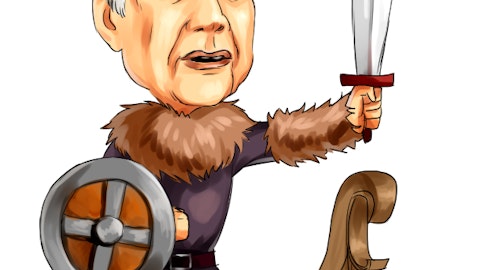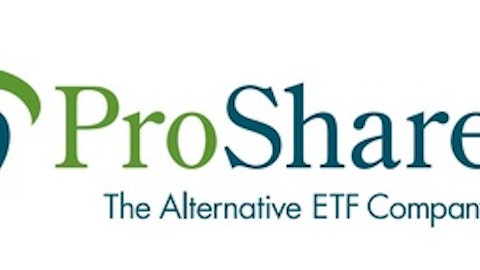 The bungled initial public offering (IPO) for Facebook Inc (NASDAQ:FB) was a real eye-opener for any company looking to go public.
The bungled initial public offering (IPO) for Facebook Inc (NASDAQ:FB) was a real eye-opener for any company looking to go public.
Facebook’s shares famously plunged soon after they started trading, in large part because the $16 billion offering was so large that it created a great deal of investor confusion as share allocations were misdirected.

Lesson learned. Twitter’s imminent IPO will be for just $1 billion, leaving most of the company still in private hands. Look for Twitter to slowly offer more shares in various secondary offerings, but the initial scarcity factor is going to make huge instant profits for some investors.
If you can get a piece of this deal, buy it. But if you plan on buying shares only after they have started trading, you’ll be making a big mistake. The relatively few shares means that shares are likely to be wildly overvalued — at least at the start.
By The Numbers
Of course the $16 billion Facebook IPO and the $1 billion Twitter offering don’t reflect their true size. Facebook sports a $119 billion market value and is likely to generate roughly $7.5 billion in revenue this year. Twitter’s most recent capital raisings valued the company at $15 billion (up from an estimated $9 billion valuation in 2012), and this Bloomberg article suggests the IPO will value the company at $13 billion, with the after-market post-IPO spike perhaps pushing the valuation north of $20 billion.
More to the point, Twitter is likely to have less than $600 million in revenue this year, which means Facebook is more than 10 times larger. In a moment, we’ll take a closer look to see if Twitter has the potential to ever become a major revenue generator. But first, let’s look at the company’s recent numbers.
Twitter’s Impressive Growth

Twitter’s recent financial results are as you’d expect: strong revenue growth, rising gross margins, yet stubbornly high operating losses. A remarkable number of tech/social media IPOs in recent years have decided to go public when year-over-year revenue growth starts to decelerate below 100%. That will likely happen in the third and fourth quarter, as Twitter had especially robust growth rates in the second half of 2012 and the comps are starting to get tougher.
Though we have yet to see any financial projections from analysts, Twitter is most likely to keep losing money at least through 2014. (In contrast, Facebook was already profitable for several years before its 2012 IPO.)
Growth And Valuations
The key questions around Twitter: What kind of growth is it capable of, and what kind of value can it sustain?
There have already been some minor grumblings that Twitter’s revenue streams (from products such as promoted tweets and promoted accounts) are a little lighter than many had expected. Analysts at Wedbush Morgan, for example, had been anticipating $310 million in revenue for the first half of 2013, but Twitter had just $254 million in revenue.
Twitter faces the same conundrum as Facebook. A large installed base of customers, many of which have used the service for free, will need to be “monetized.” To its credit, Facebook delivered a multi-point plan of attack that is now bearing fruit. Facebook boosted revenue 37% in 2012 and is expected to grow even faster 45% rate this year.





